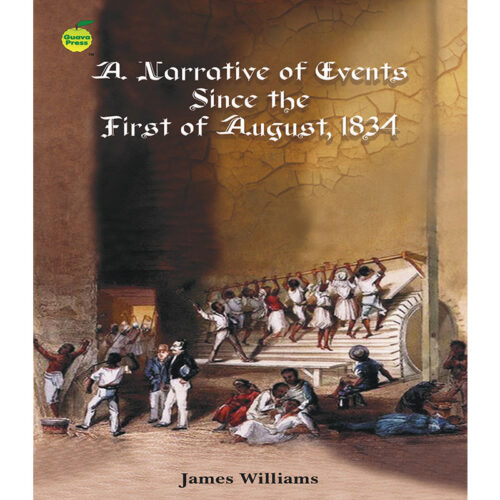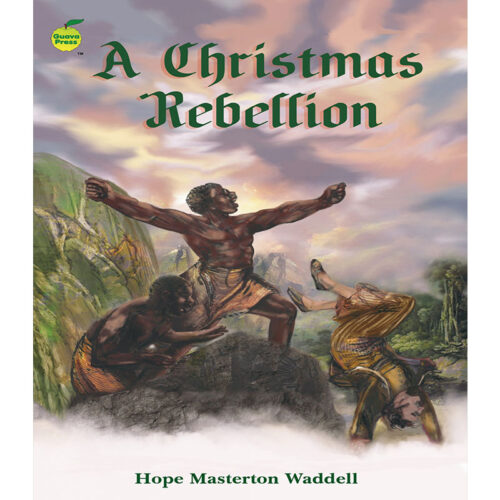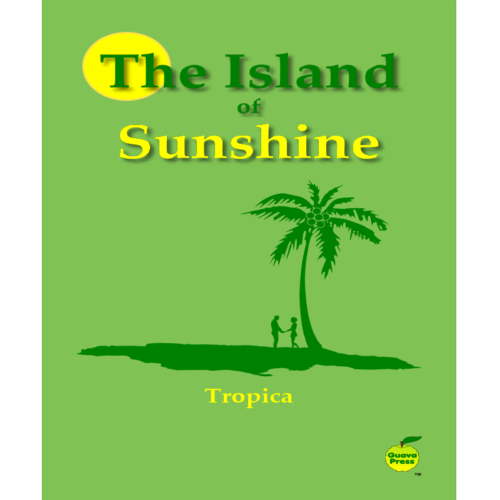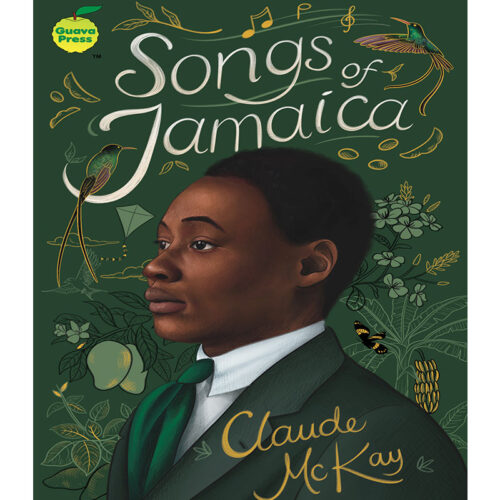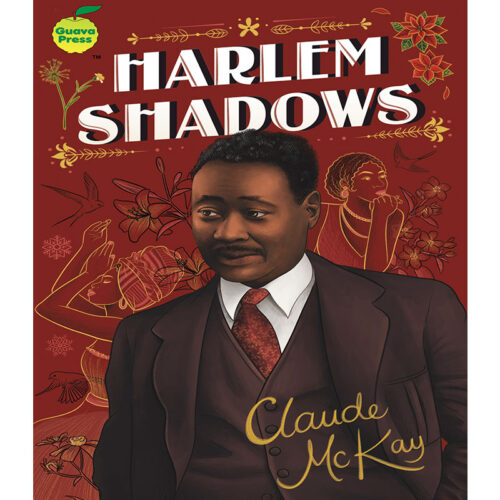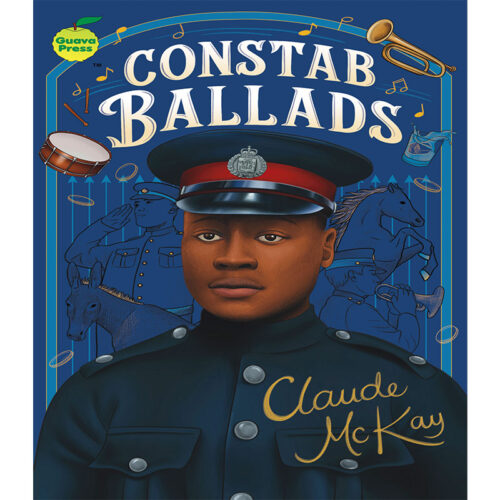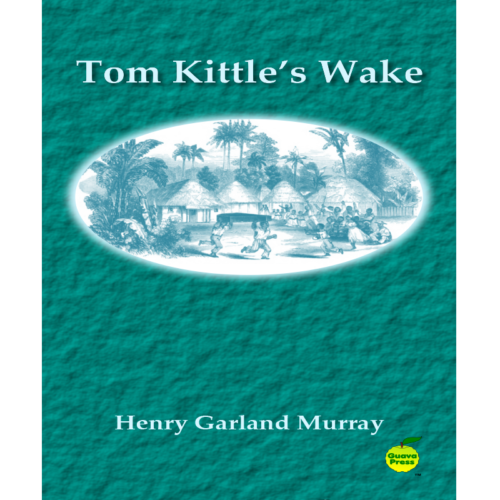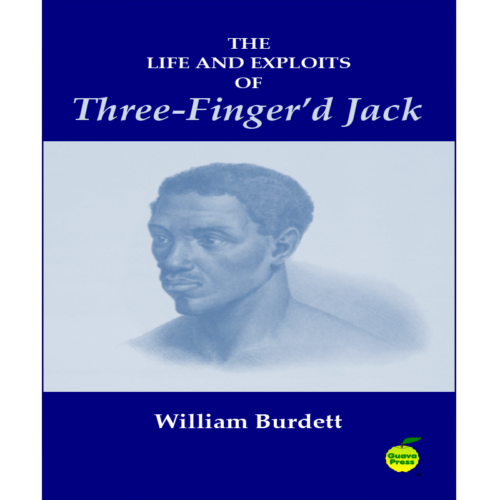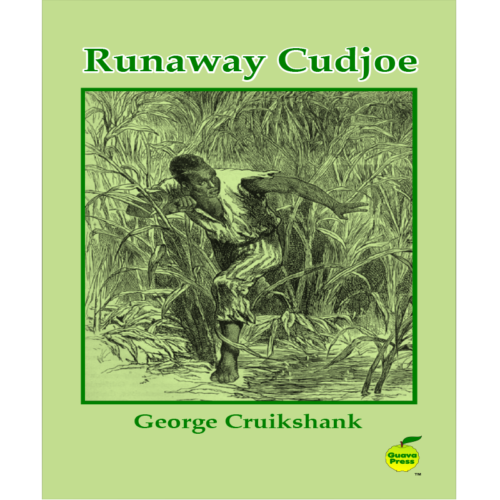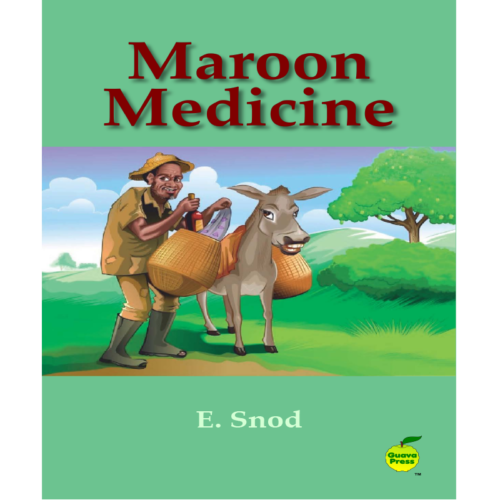-
By Alexander Falconbridge Alexander Falconbridge was a surgeon on slave ships that carried African slaves from the West African Coast to the Caribbean. In An Account of the Slave Trade on the Coast of Africa he describes the many and varied aspects of this despicable trade that was legally undertaken for centuries. The description starts from when the mostly English and French ships first dock along the West African coast and the captains go ashore to acquire Africans. He then explains how the slaves were captured and brought to the coast to be sold. The process is explained, including their treatment during the Middle Passage across the Atlantic Ocean, to when they were sold into hereditary bondage in the Caribbean. An excerpt from An Account of the Slave Trade on the Coast of Africa: The slave ships generally lie near a mile below the town, in Bonny River, in seven or eight fathom water. Sometimes fifteen sail, English and French, but chiefly the former, meet here together. Soon after they cast anchor, the captains go on shore, to make known their arrival, and to inquire into the state of the trade.
-
By James Williams In A Narrative of Events Since the First of August, 1834, James Williams, a Jamaican “apprentice” (former slave), describes his experiences under the British apprenticeship system that was established as a transition period from slavery to free labour to facilitate the gradual abolition of slavery within the British empire in 1833. His account tells of the brutal punishments he had to endure, including numerous floggings and imprisonments. He also describes the prison conditions where the use of the treadmill was common, as well as how women were constantly abused in many ways. Williams concludes that the system of apprenticeship worsened the conditions of Jamaican ex-slaves, as the former slave-owners used the Jamaican legal system to constantly harass and punish them. An excerpt from A Narrative of Events Since the First of August, 1834: I have been very ill treated by Mr. Senior and the magistrates since the new law come in. Apprentices get a great deal more punishment now than they did when they was slaves; the master take spite, and do all he can to hurt them before the free come;—I have heard my master say, “Those English devils say we to be free, but if we is to free, he will pretty well weaken we, before the six and the four years done; we shall be no use to ourselves afterwards.”
-
By Hope Masterton Waddell Hope Masterton Waddell was a missionary in Jamaica when a slave uprising started after December 25, 1831, which lasted into the first weeks of 1832. A Christmas Rebellion is Waddell’s recollection of this rebellion that is considered the largest slave rebellion in the British Caribbean. The uprising was also called the Baptist War because many of the rebels were Baptist denomination. An excerpt from A Christmas Rebellion: Early in December 1831 rumours of an impending servile war began to spread abroad and agitate the community. The slaves, it was said, had bound themselves by a solemn oath to each other to be slaves no longer. The conspiracy was discovered on Salt Spring estate, near Montego Bay, from the mysterious and threatening language of an angry negro to his overseer, which aroused suspicion, led to investigation, and thereby brought to light the whole scheme. The time was near for its being carried into effect, yet nothing seemingly could be done beforehand to prevent it.
-
By Mary O. Walcott The Island of Sunshine by Mary O. Walcott (aka Tropica) was first published in 1904. The poignant verses draw upon metaphors to celebrate her island home of Jamaica. The poet offers original and inspiring reflections on the island’s unique flora and fauna, while also allowing glimpses into a colonial society. An excerpt from The Island of Sunshine: O quaint old isle of hidden dreams! Thy lonely paths, thy silent streams, Thy woods and ancient ruins hold Many a charming tale untold. This collection includes poems such as: -The Light between the Logwood Leaves -Ferns -Song of the Coffee Field -To the Donkey -The Heart of the Island -Rose Hall -When the Sunlight Touches the River -An Island Spring -Under the Roseapple Boughs -In a Banana Walk -Job’s Tears -Blinkeys
-
By Claude McKay Claude McKay was one of the twentieth century’s finest poets and Songs of Jamaica (1912) was his first published work. This is a pioneering collection written in Jamaican Patois, the first of its kind. In the opening poem ‘Quashie to Buccra’ he begins by asserting the labourer’s voice: “You tas’e petater an’ you say it sweet, But you no know how hard we wuk fe it; You want a basketful fe quattiewut, ’Cause you no know how ’tiff de bush fe cut.” This collection includes poems such as: - QUASHIE TO BUCCRA - KING BANANA - SCHOOL-TEACHER NELL’S LUB-LETTER - HARD TIMES - CUDJOE FRESH FROM DE LECTURE - MOTHER DEAR - KILLIN’ NANNY - MY NATIVE LAND, MY HOME - BENEATH THE YAMPY SHADE - TO CLARENDON HILLS AND H. A. H. - WHEN YOU WANT A BELLYFUL - STROKES OF THE TAMARIND SWITCH
-
By Claude McKay Claude McKay was one of the twentieth century’s finest poets and Harlem Shadows (1922) collects some of his most moving, lyrical verses which capture his nostalgia for Jamaica, as well as his empathy for the unjust plight of Black people in the United States and around the world. These are passionate poems, that are full of calls for human decency, dignity and justice in a needlessly cruel world. In ‘If We Must Die,’ McKay asserts: “If we must die, let it not be like hogs Hunted and penned in an inglorious spot, While round us bark the mad and hungry dogs, Making their mock at our accursed lot.” This collection includes poems such as: -THE EASTER FLOWER -FLAME-HEART -THE SPANISH NEEDLE -ENSLAVED -I SHALL RETURN -MORNING JOY -AFRICA -ON A PRIMITIVE CANOE -THE HARLEM DANCER -THE CASTAWAYS -THE LYNCHING -IF WE MUST DIE
-
By Claude McKay Claude McKay was one of the twentieth century’s finest poets and Constab Ballads (1912) was his second published work, after Songs of Jamaica earlier that year. This collection was also written in Jamaican Patois and was largely based on his experiences while serving as a police constable in Spanish Town. The poems are an alluring combination of traditional verses, dramatic monologues and confessional love lyrics. This collection includes poems such as: - DE ROUTE MARCH - FLAT-FOOT DRILL - PAPINE CORNER - COTCH DONKEY - A RECRUIT ON THE CORPY - PAY-DAY - KNUTSFORD PARK RACES - THE HEART OF A CONSTAB - FE ME SAL - THE MALINGERER - A LABOURER’S LIFE GIVE ME - SUKEE RIVER
-
By Henry Garland Murray Henry Garland Murray’s Tom Kittle’s Wake (1877), recalls the story of a Jamaican fisherman, as well as his eventual wake. The author was a late nineteenth century newspaper editor and popular storyteller, who was probably the first person to write and publish his work in Jamaican Patois. An excerpt from Tom Kittle’s Wake: Old Tom Kittle was a fisherman, and in his time had been notable in that respect. He had had many a “hairbreadth ’scape” and had been the hero of many a deed that might have won a place in story; but he had not been wont to recount them, for the reason that he never at any time thought of them as highly as other people did.
-
By William Burdett William Burdett’s The Life and Exploits of Three-Finger’d Jack (1801), tells the story of Jack Mansong, an African who was captured, taken to Jamaica and forced into slavery. Jack escaped from the sugar plantation where he was forced to do slave labour by the British and ran to the mountains of the island. There he led a guerrilla group of around sixty rebels who fought, during the 1780s, for freedom that was not attained until well over fifty years after. Jack Mansong is one of the unsung heroes of Jamaica.
-
By George Cruikshank George Cruikshank’s Runaway Cudjoe (1856), tells the true story of a runaway slave in 1820s Jamaica. Cudjoe escapes into the mountains where he lives for the first time as freed man with other runaways. Their liberty is constantly under threat from the British military on the hunt. This story reveals the strong resistance that some Jamaicans demonstrated in their fight against slavery.
-
By Sarah Ellis Mimba by Sarah Ellis tells the story of a domestic slave in Jamaica, who is unable to live in freedom with her beloved fiancé, Martin. When Martin informs her of his intention to free both of them from slavery, she has a decision to make. The story was first published 1850 from facts sourced from Edward Long’s History of Jamaica.
-
By E. Snod Maroon Medicine by E. Snod (E. A. Dodd) is a collection of four short stories that portray the lighter side events in the Jamaican countryside. The four fictional stories: “Maroon Medicine,” “Paccy Rum,” “The Red Cock,” and “The Courting of the Dudes,” are sketches from rural Jamaican life in the early 1900s. They are humorous, as well as give valuable insights into people’s lives during that period.

